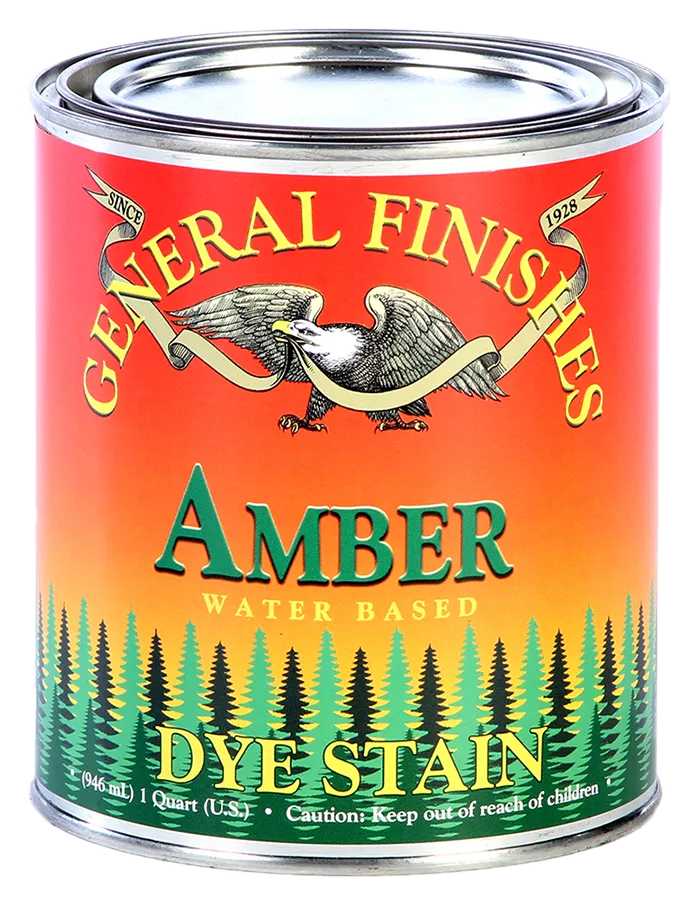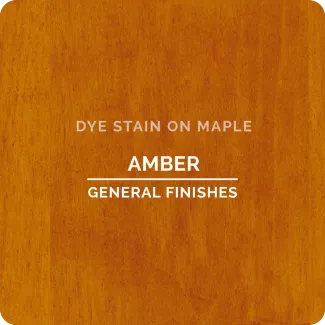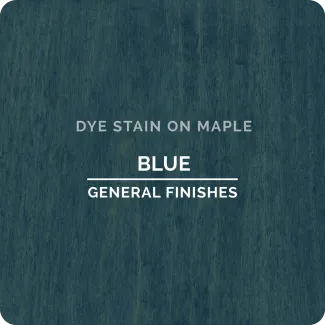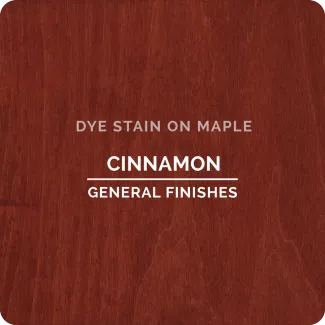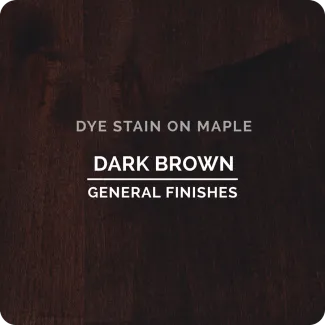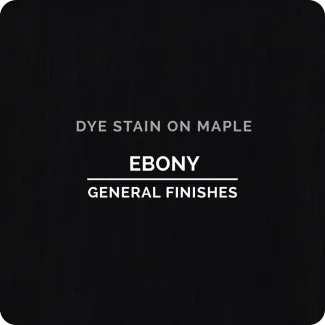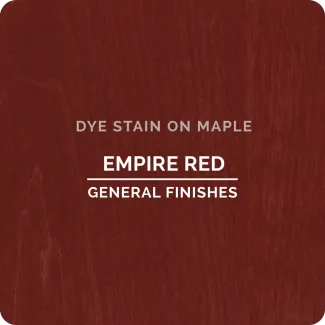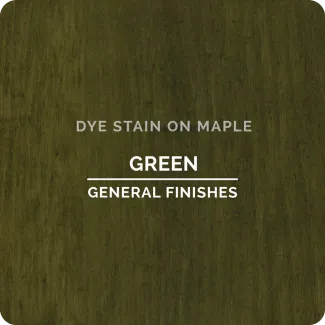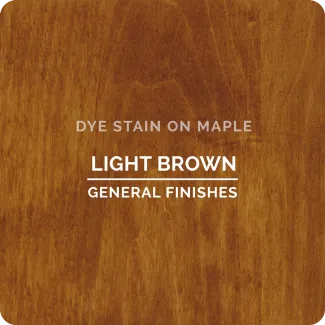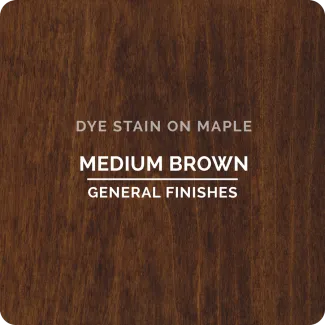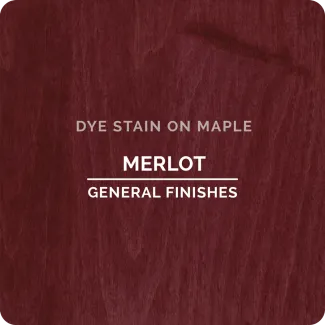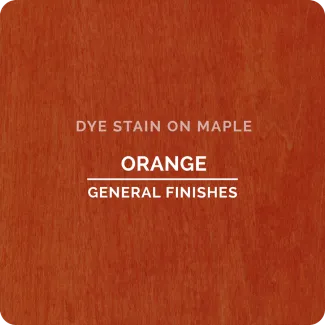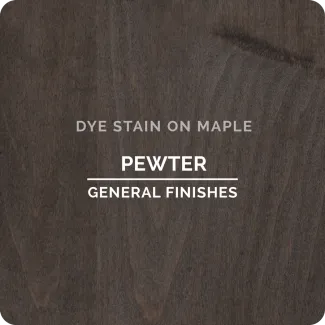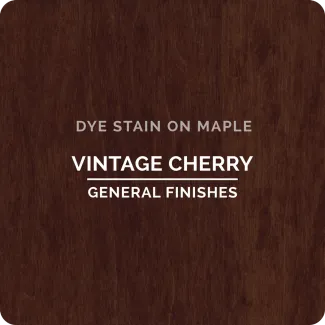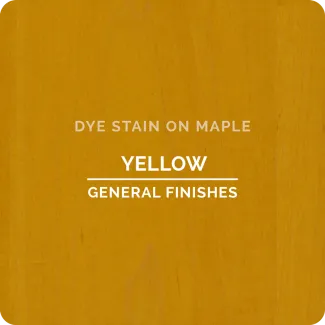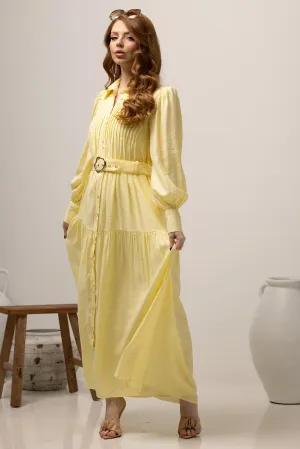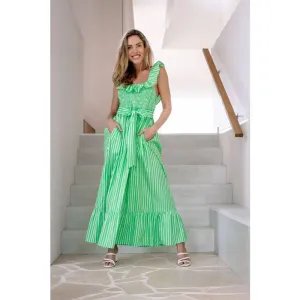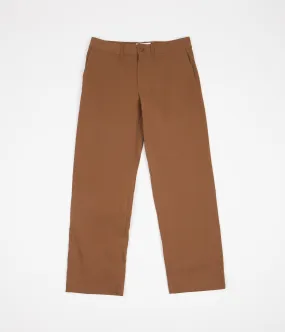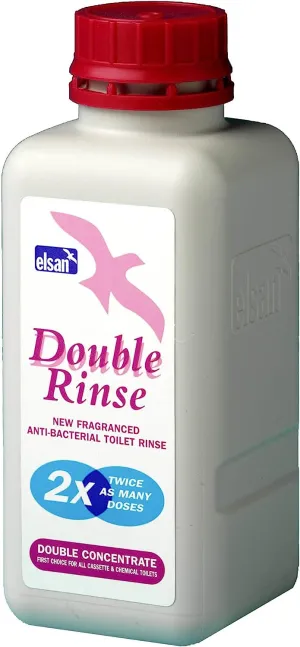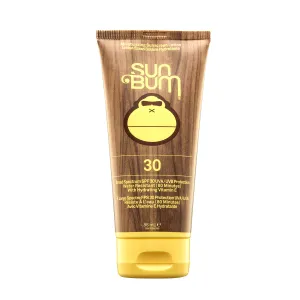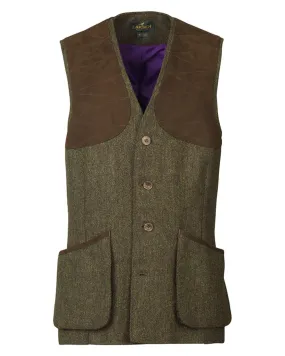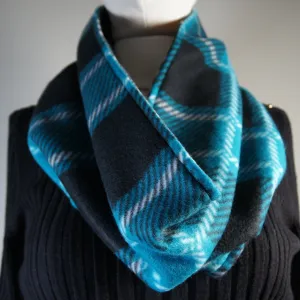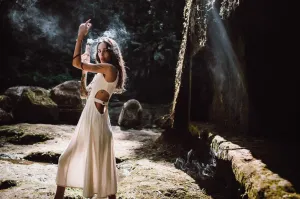Water-based Dye Stains penetrate deep into the wood to beautifully magnify the grain. They will provide your project with more depth and color vibrancy than any other wood stain. This product is excellent for highly figured woods like mahogany, walnut or maple. Dye stains can also be used as a toner when mixed with Water Based Topcoats.
Please click the below headers to reveal the instructional info for this product.
Step 1: Preparation of Dye Stain
Before applying stain, all raw wood projects require preparation sanding. If you skip this critical step, your finish may fail.
Preparation for Raw Wood Projects
- Sand open-grain wood (e.g., oak, ash, mahogany, parawood) with 120-grit sandpaper, followed by 150-grit, then 180-grit.
- Sand closed-grain wood (e.g., cherry, pine, maple, birch, alder) with 150-grit sandpaper followed by 220-grit.
- Remove dust with a vacuum, compressed air, an oil-free tack cloth or a water-dampened rag.
- Do not over-sand with fine-grit sandpapers; this will close and seal the wood grain, preventing ideal color absorption.
- Do NOT use steel wool with water-based finishes; the particles will get trapped in the finish and rust.
Reducing Grain Raise on Raw Wood
To reduce grain raise, dampen the wood with water after prep sanding. Let dry completely, then lightly sand with fine-grade (220-320) foam sanding pad.
Step 2: How To Apply General Finishes Dye Stain
General Finishes Dye Stain Application Steps
- Stir stain to reincorporate solids that have settled to the bottom of the can before and throughout the application process.
- Increase open time, if needed, with up to 5% , if allowed by local regulations. will improve flow and leveling and increase open time, which is helpful in dry climates. California Residents: Adding more than 2% of will make the product non-compliant per SCAQMD Regulations. GF assumes no liability for the improper use of these products.
- An initial coat of can improve color uniformity over difficult-to-stain wood species such as pine. However, it will limit color absorption, so a darker stain may be required to get the depth of color you want.
- Test your complete finishing process beforehand. Stain color can be affected by variances in wood, room lighting, and deepened with the application of topcoat.
- Divide your project into manageable sections: top, side, drawer, door, table seam.
- Apply 1-2 coats. A second coat will create a deeper, richer color. Do not apply more than 2 coats.
- Hand application: Apply a LIBERAL amount of dye stain using a cloth, a synthetic bristle brush, foam brush, pad applicator or roller. Dye Stain penetrates the surface fast; if not enough stain is used, the surface may dry too quickly, causing an uneven appearance. Stain one complete section, such as a side, top, or drawer, and immediately wipe off excess evenly with a cloth, paper or shop towel before starting the next section.
- Spray application: Before spraying, strain topcoat through a fine-mesh filter. Spray wet films at 3-5-mil thickness. HVLP: 1.1mm-1.3mm spray tip, medium air cap. Verify tip sizes with your equipment supplier. . Wear a full filter respirator (NIOSH/MSHA approved) and work in a ventilated space. Keep your gun at a 90° angle, 6-8" from the surface. On large, flat areas, use wet, even patterns 6-8" wide. For narrow surfaces, reduce the fan pattern to 2-3" wide to reduce overspray. Overlap each pass of stain 50% for even coverage. If coverage is even, there is no need to wipe. If you have issues with uneven coverage, wipe back the excess with an absorbent cloth.
- Dry 2 hours between coats in ideal conditions: 70°F/20°C; 50-70% humidity. Inadequate dry time is one of the top reasons for finish failure. If in doubt, wait longer. Increase dry time if humidity is over 80%:
- To accelerate drying in humid conditions, add and work in a space with good ventilation and air movement. If you decide to re-coat before the recommended time, test dryness.
- Allow final coat to dry 2-4 hours in ideal conditions: 50-70% humidity, 70°F/20°C.
- Finish with 3 coats of General Finishes topcoat.
Warning: Do not use water-based products with Linseed Oils or Danish Oils.
Topcoat Over Water-Based Stain
Always seal , General Finishes Dye Stain and with 3 coats of topcoat. More coats will not improve durability.
Recommended Water-Based Topcoats
can be applied by hand or sprayed; is spray-only. Both topcoats dry clear and are great for high-use surfaces, such as kitchen cabinets and tabletops. is our flattest topcoat, suitable for projects that do not receive major wear.
Creative Finishing Techniques Using Dye Stain
Custom Colors using Dye Stain Reducer
Create custom color Dye Stains by adding in 10% increments until you achieve the color you want. It is not possible to mix too much of our Dye Stain or Reducer together. Do NOT Use Water to Lighten General Finishes Dye Stains. has ingredients that help keep color molecules dispersed evenly in the can.
Layering Dye Stain
Use Dye Stains to highlight the depth of the grain, to even out color saturation, and to achieve deeper colors under other stain applications. Example: Use Amber or Yellow Dye Stain for a golden glow under or .
Toning
Dye Stains can be used as a toner when mixed with water-based topcoat. A 10-20% stain to topcoat ratio is recommended for a slight color change.
Storage of Water-Based Products
Please be mindful of the manner in which water-based products are stored and how long they have been in storage. They are not a forever product.
Life of Product
Water-based products do not last forever, even when unopened. General Finishes products are best used within 1 year of the manufacture date listed on the can. However, the life of the product may be extended with proper care and storage (see Storage Tips below).
Water-based products can last 3-5 years if the can is unopened, in good condition and stored in correct temperatures.
Product that is 3 years old will not look like product that is 6 months to 1 year old. You will see more stratification or separation as the product ages. Always stir thoroughly before using.
Foul Smell
If your product has a foul smell, it is contaminated and no longer in useable condition.
Clumps & Settling
Gravity can cause some solids to settle on the bottom of the can and slight separation on the top. This is normal. If working with older product stir with a paint mixing attachment on a drill.
If the solids dissolve and clumps smooth out after mixing from the bottom, the product is in good condition for use.
Inability to reincorporate large, chunky lumps after stirring for several minutes is an indication that the product has frozen and can no longer be used.
Storage Tips
Water-based finishes crystalize and form a skin due to evaporation when the air-tight seal on a can is broken at first use. The following best practices will increase the life of your product:
- Pry open sealed lids with a paint can opener by hooking under the lid's rolled edge. The use of a screwdriver can disfigure the rim and lid, impairing a complete seal.
- Keep lid closed while working. Pour what you will use into a bowl, paper cup, or plate, and close can lid as you work.
- Clean the chime of the can thoroughly with a paper towel before closing to create a complete seal. Product falling into the chime can be minimized by using a pouring lid, such as Fitsall. Avoid wiping used brushes on the lid.
- Pound the lid in place using a rubber mallet to avoid distorting the chime or lid. Dents in the lid from direct contact with a hammer can impair a complete seal. Alternatively, place a flat piece of wood over can lid and firmly pound shut.
- Store in moderate temperatures. Avoid temperatures below 50°F/10°C or above 100°F/26°C. Keep from freezing. Frozen and heat-damaged product cannot be revitalized. Temperature-controlled spaces, such as a basement, are ideal for storage. Do not store product in an attic, garage, in direct sunlight, or next to something warm like a water heater or furnace.
- Store can upside down to create a liquid seal, minimize evaporation and reduce the chance of crystallization. Decant remaining product from the can before stirring.
- Decant leftovers to a smaller container when the finish is almost used up. Alternative storage containers for water-based products are plastic FIFO bottles or glass bottles. Do not fill metal-lidded containers completely to prevent them from rusting.
The following water-based product mistures can be stored:
- Product thinned with up to 15% or , with the exception of thinned .
- Mixtures involving colors & sheens within the same product line, such as:
- High Performance Satin High Performance Gloss
- Snow White Milk Paint Coastal Blue Milk Paint
- Amber Dye Stain Merlot Dye Stain
The following product mixtures should NOT be stored:
- Any water based product with thinned tap water; water often contains bacteria that will adversely affect stored paint.
- Topcoat Stain or Paint
- Milk Paint Chalk Style Paint
- Water Based Wood Stain Dye Stain




